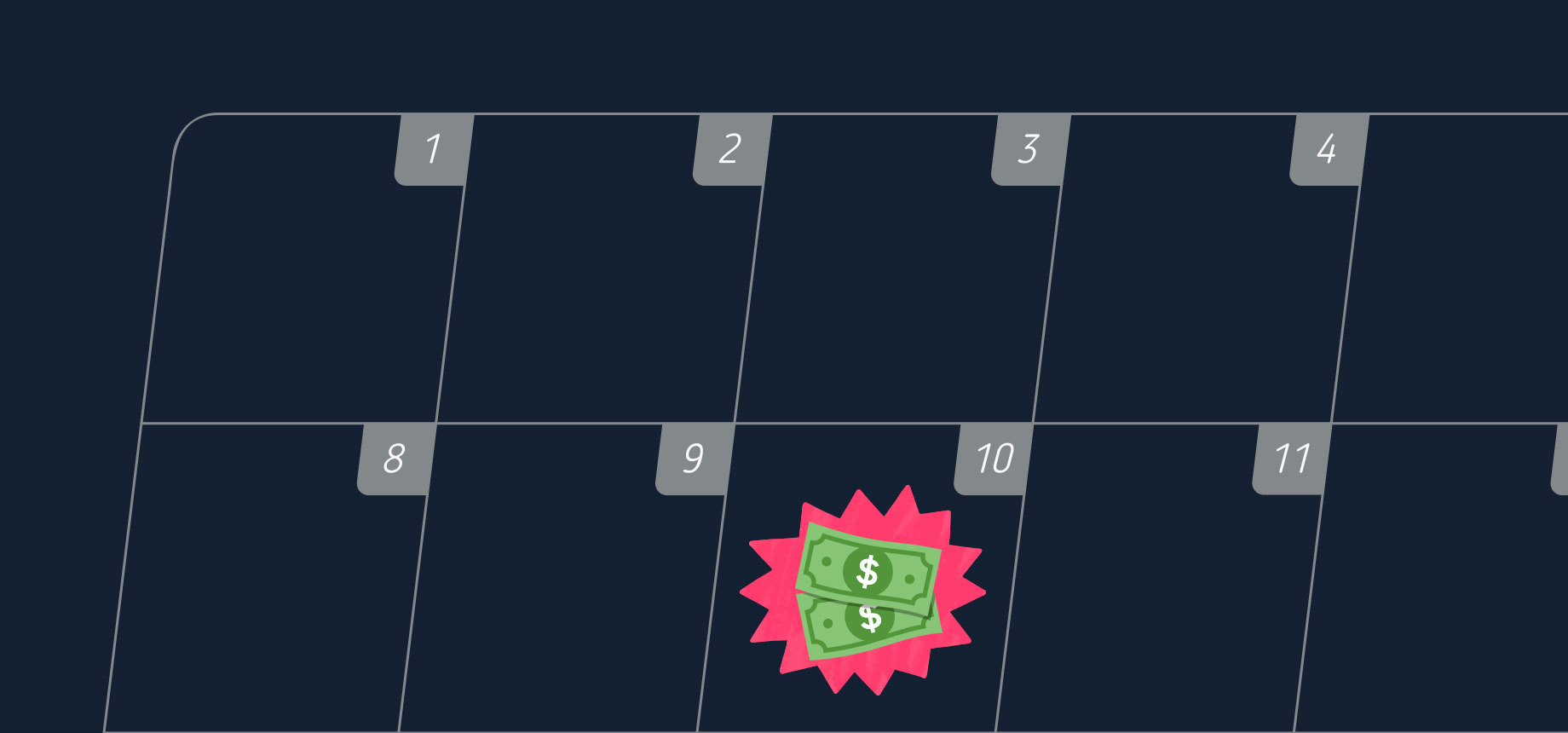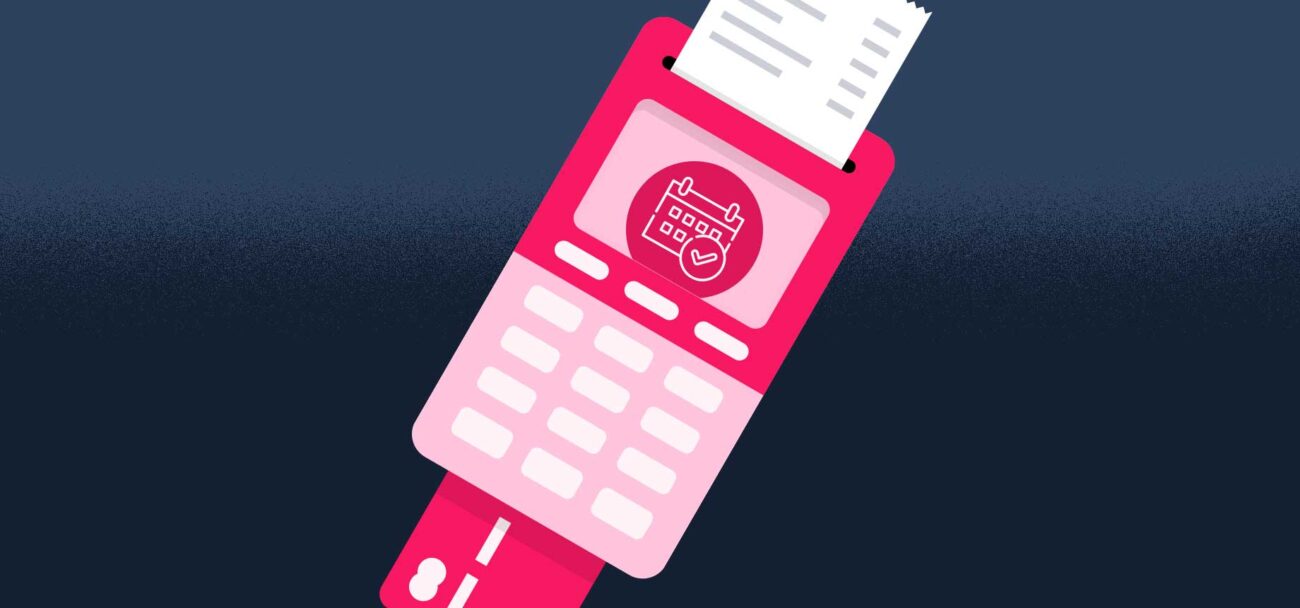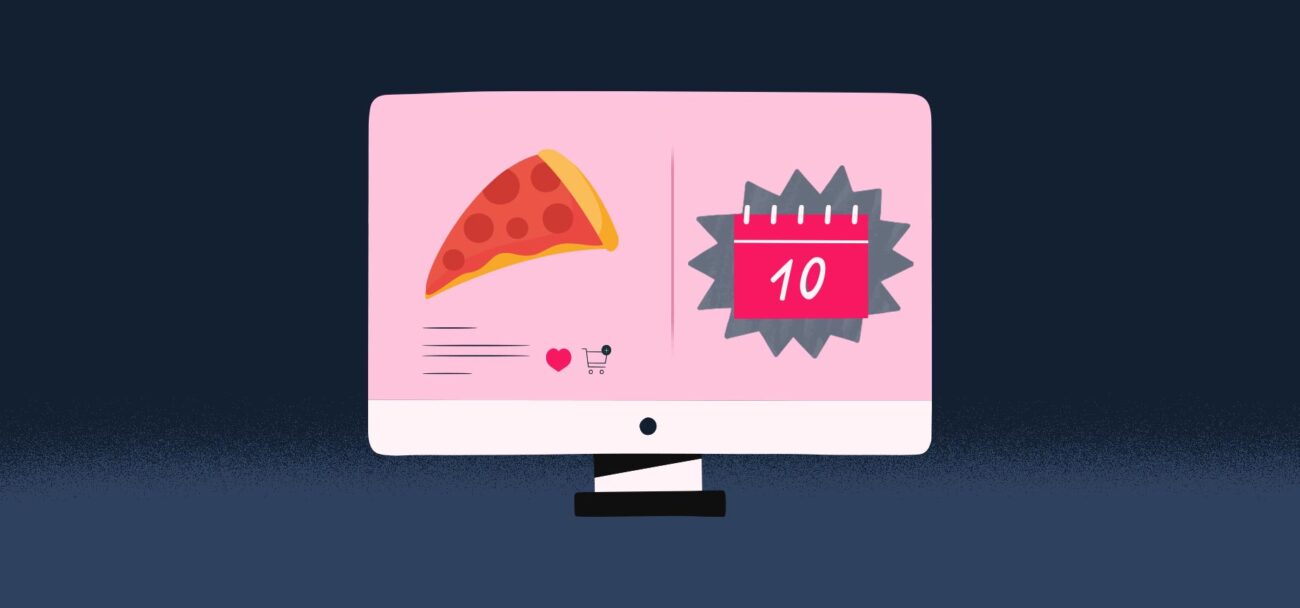
We previously discussed what the Buy Now Pay Later (BNPL) phenomenon is and what it means for retail extensively. To get you up to speed, BNPL is a new payment trend that allows customers to split expenses in multiple instalments across a longer period of time, usually without extra fees and without the hassle of credit checks. The win-win situation here is portrayed by merchants actually receiving the order’s full amount from the get-go.
All in all, it’s unsurprising that the payment method is growing at amazing rates. But like in any other hyper-growing industry, lots have happened in the span of a few months. Below, we discuss updates, results and new trends on the topic.
Recently, Microsoft has embedded Zip (which used to be Quadpay) into its Edge browser. The collaboration effectively allows users to split any online order of up to $1000 USD into four interest-free payments across a six-week period with Buy Now Pay Later technology. If the feature exits the testing phase successfully, it would be the first time a browser has integrated a BNPL solution and made it available by default to its users.
It’s worth noting that the strategy here is two-fold. Firstly, by linking a Microsoft account with a Zip one, shoppers will be able to have a speedier, smoother checkout experience, as payment information is securely stored and awaiting the next shopping spree. Secondly, both the solution provider and the browser are advantaged by the collaboration: users might switch to Edge if they can gain easy access to flexible payments, whereas Zip potentially obtains a greater customer base.
What does this imply for the future of online shopping? Well, it is safe to assume that more and more internet browsers will be looking into replicating the built-in blueprint laid out by Microsoft and Zip, implicitly extending the reach of alternative payment methods. Editor’s note: since the time of writing, Klarna has also released an opt-in Chrome Extension.
During big retail events like Black Friday, paying in installments is a great opportunity to snatch up as many deals as possible and consumers fully recognized that this year.
PayPal reported a 400% YoY increase of use for its Buy in 4 option during Black Friday 2021. More than nine million shoppers used it, with one million being first-time users throughout Black November. Afterpay also highlighted a 34% YoY increase, whereas Klarna’s growth reached 53% during Cyber Monday. With credit and debit cards remaining the preferred choices for covering expenses, though, there is still plenty of room to grow further.

Our official partner, Swedish-born Klarna, has recently announced a partnership with Harrods, the famous department store in Knightsbridge, London. The move ahead of the holiday shopping season allows shoppers to make use of Klarna’s Buy Now Pay Later offering for all its beauty products across both online and offline channels.
Considering Harrods’ high AOV, this initiative will be extremely helpful in spreading out payment installments without affecting your credit score, enabling customers to put quality over quantity. More importantly, however, this marks a definite foray of the fintech sector into the brick-and-mortar universe after formerly being synonymous with digital payments. It is also a power move against credit card companies, as the Buy Now Pay Later craze is looking to make itself available anywhere, just like credit cards.
In the future, shoppers can expect physical stores that do Buy Now Pay Later to significantly increase in numbers.
With deferred payments being hugely popular for expenses related to fashion, furniture and decoration, beauty, electronics and other consumer packaged goods, we’re now starting to see a greater diversification of use cases. Below, you can discover some of them.
Thanks to perks like a soft credit check, an instant approval and the lack of interest fees, it’s only a matter of time until Buy Now Pay Later is embraced by other sectors. We can already envision its applicability for holidays, cars, healthcare and even real estate. Banks are right to take notice.

B2C is not the sole business model adopting the flexible payment option: B2B is also jumping on the bandwagon. For example, Mastercard just launched a BNPL commercial card for small- and medium-sized enterprises (SMEs) in the Asia-Pacific region. The company is therefore making an important switch, offering Buy Now Pay Later to businesses instead of end-consumers so that they can make supply chain processes smoother by making periodic payments for purchases from 80 million merchants.
This Pay & Split card will come in incredibly handy for businesses, especially after they struggled to take out loans during the COVID-19 pandemic. It will also help SMEs to consolidate a credit rating, helpful when applying for formal and more robust credit options.
These are just a few of the main events happening in the payments sector, a sector that is rife with innovation. There are more interesting developments worth deep diving into — and plenty of others are sure to pop up soon. Bottomline, retailers need to keep track of these changes and insert them into their strategies — otherwise, they might just be left behind.

